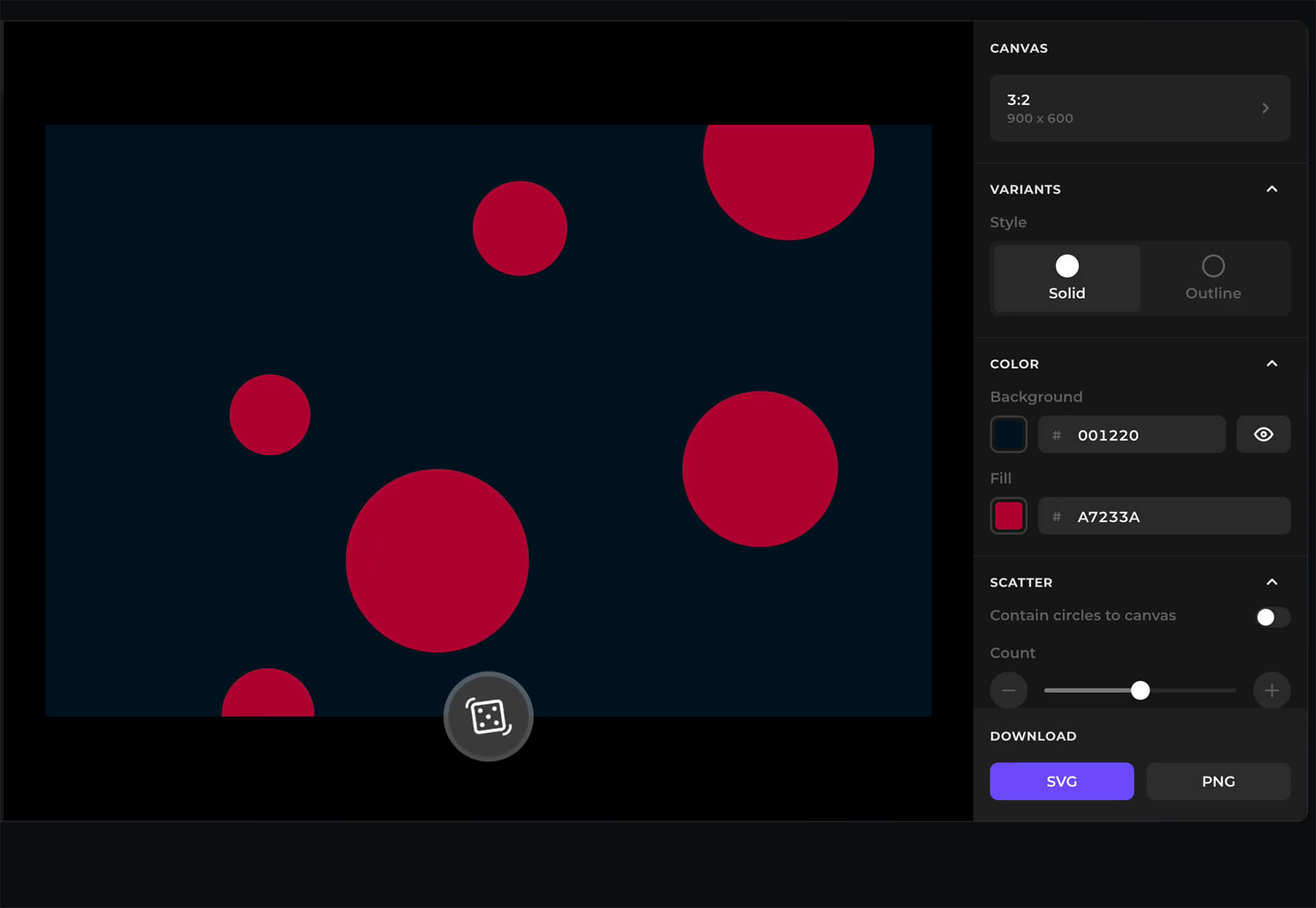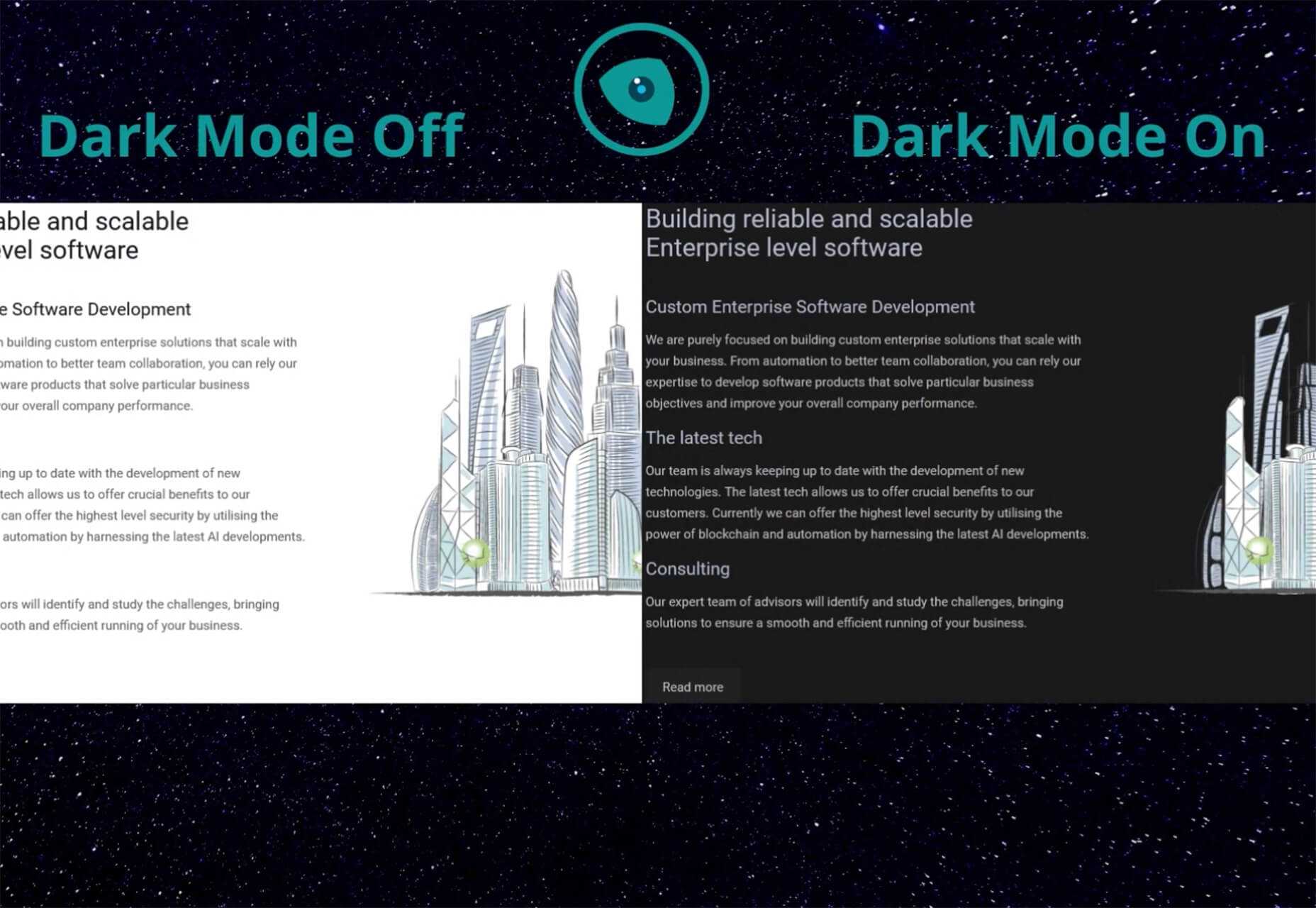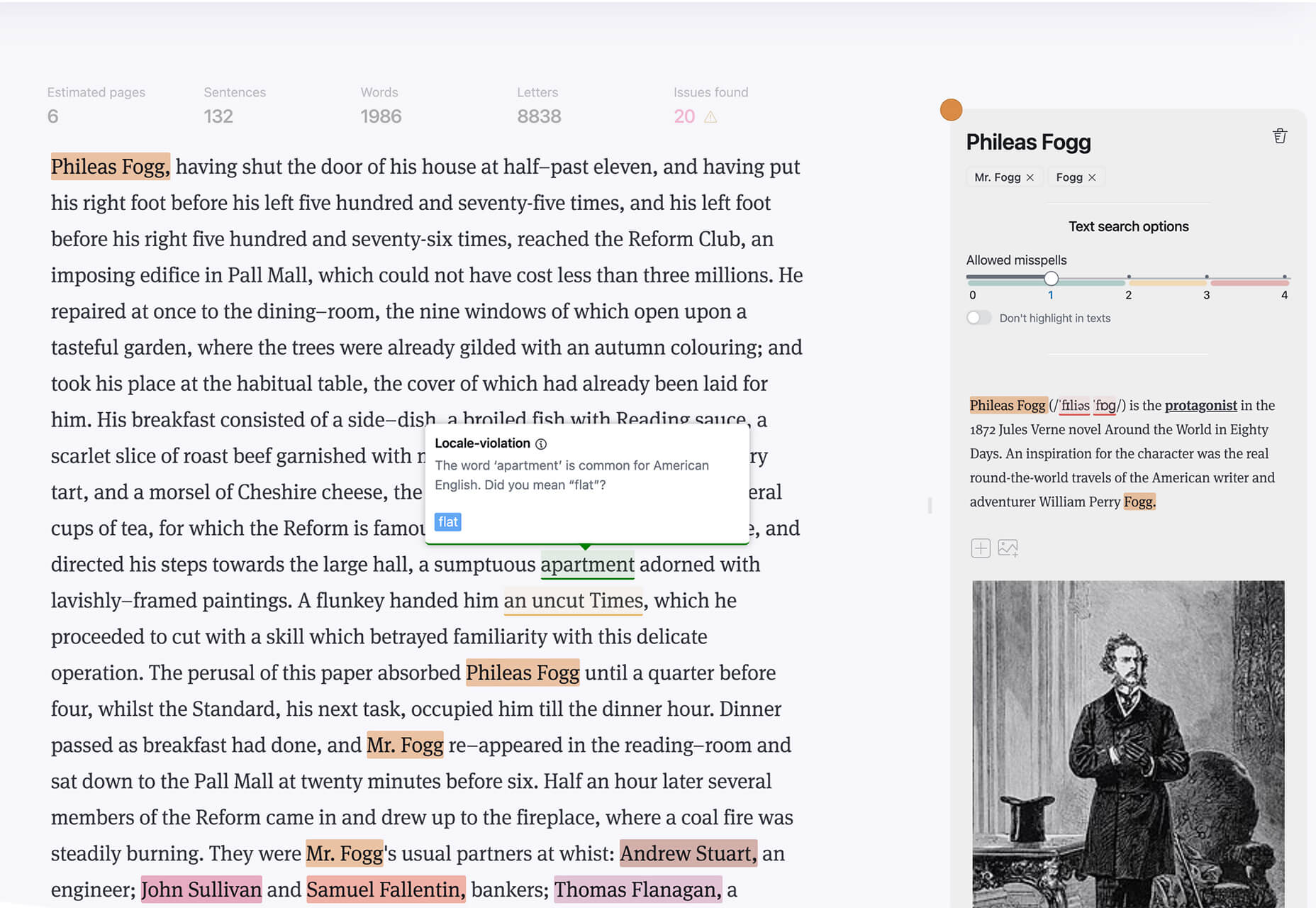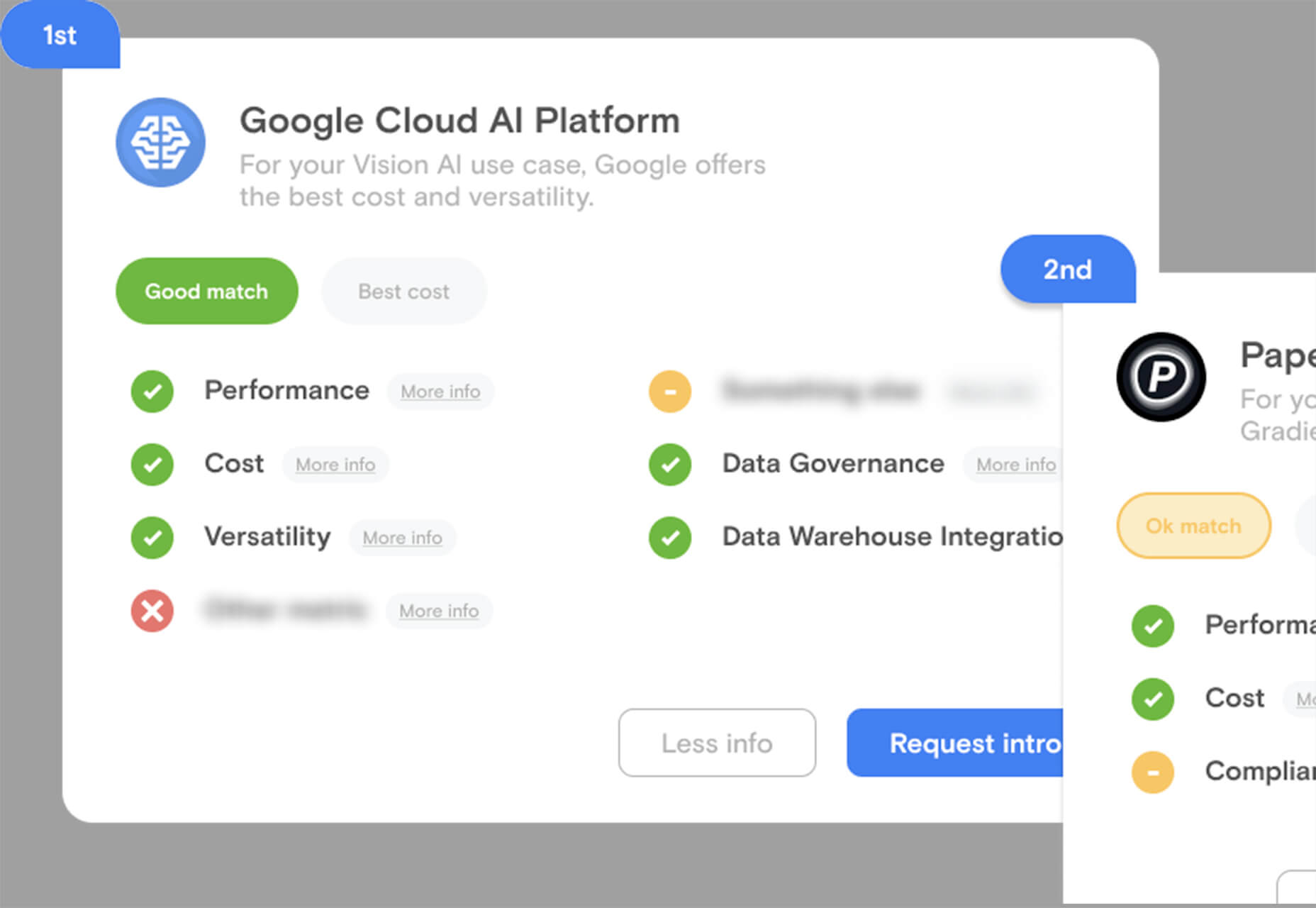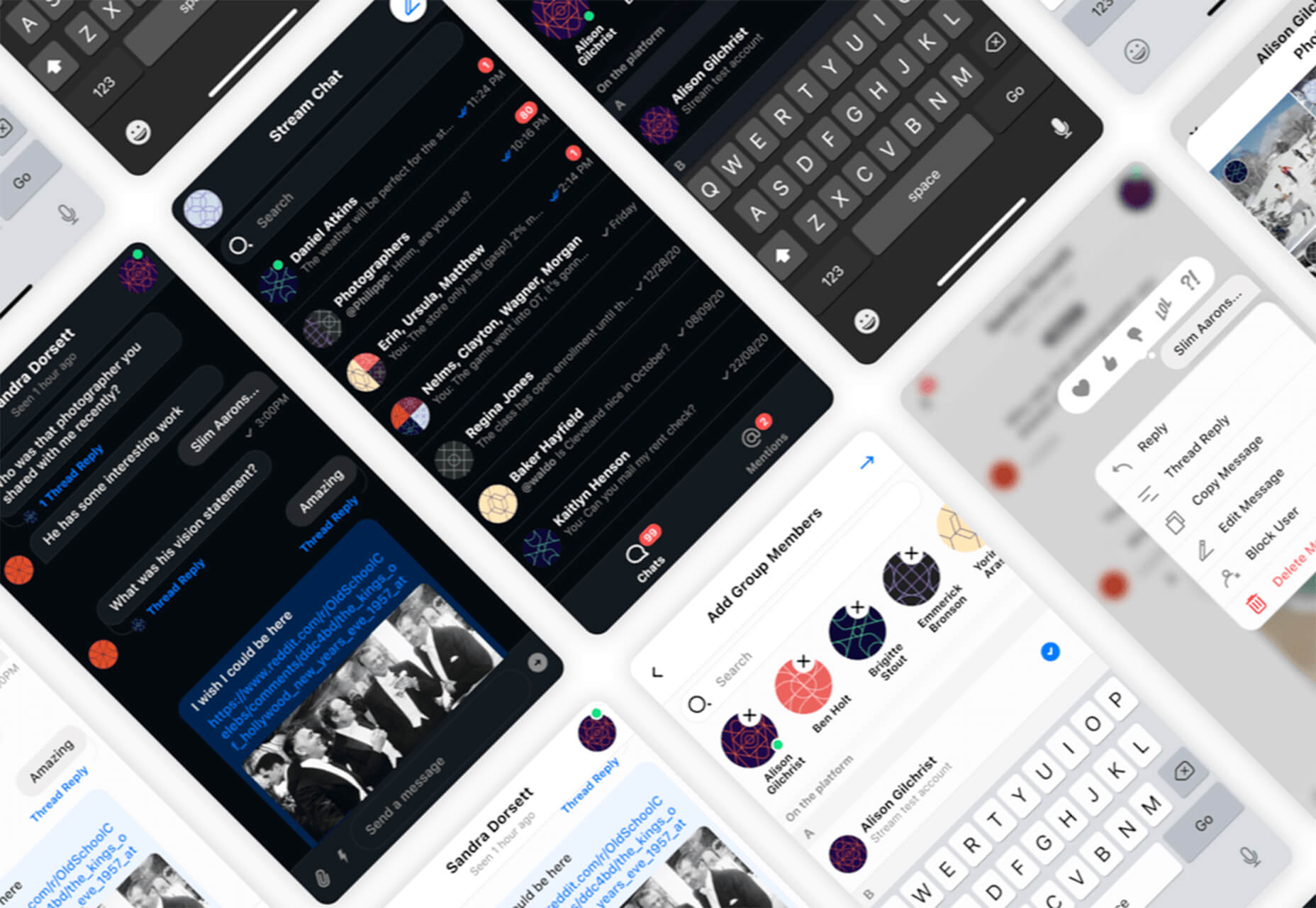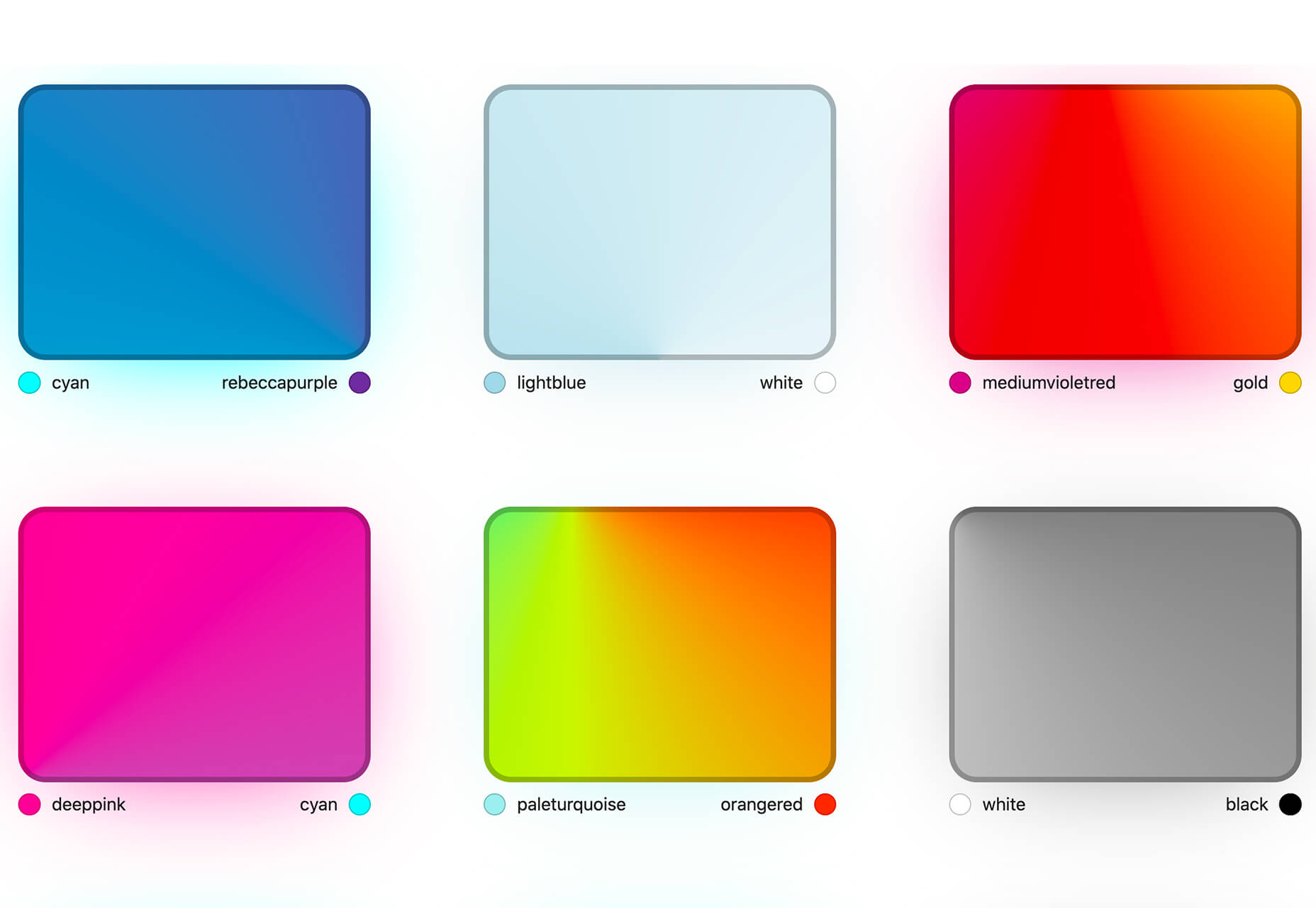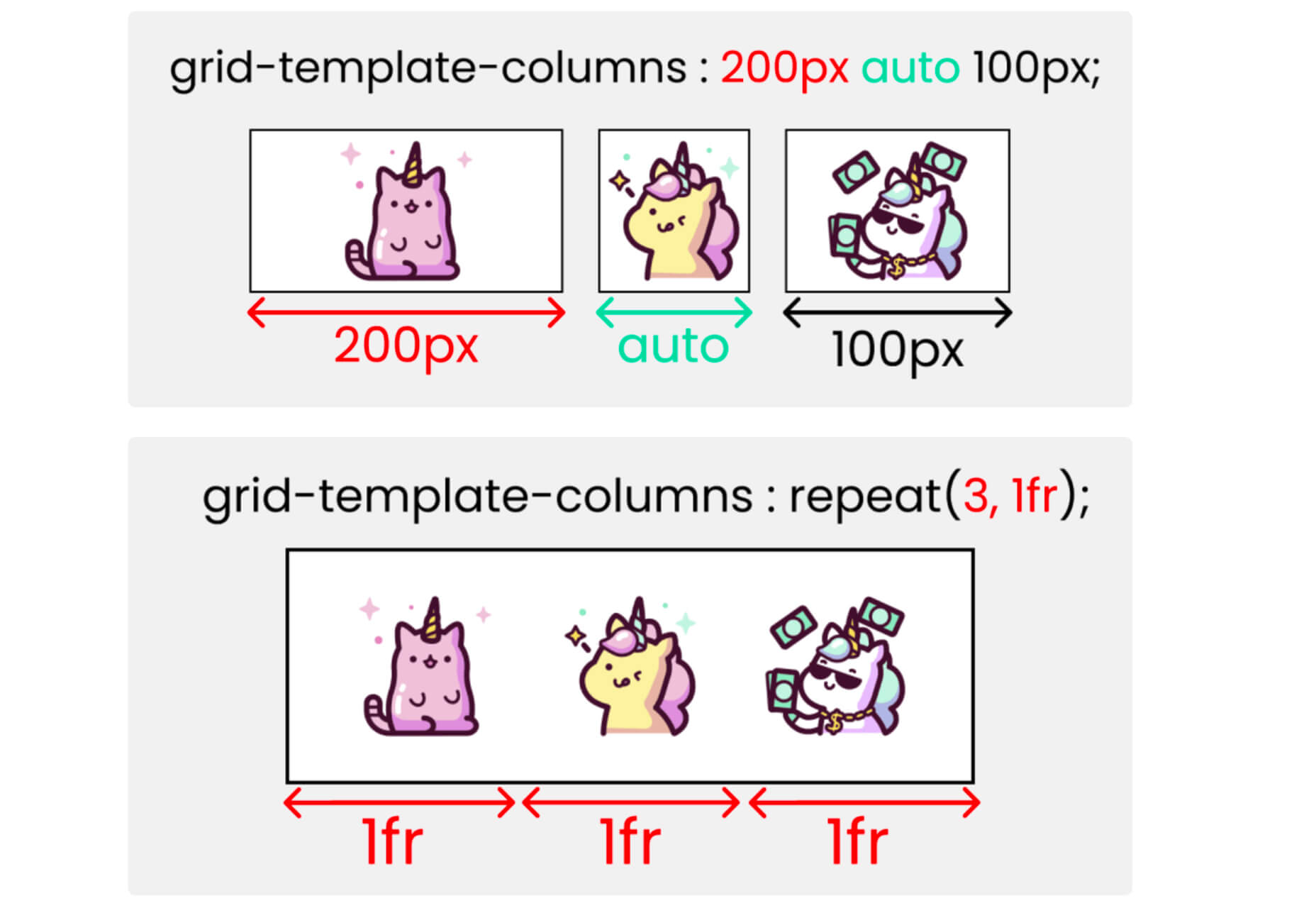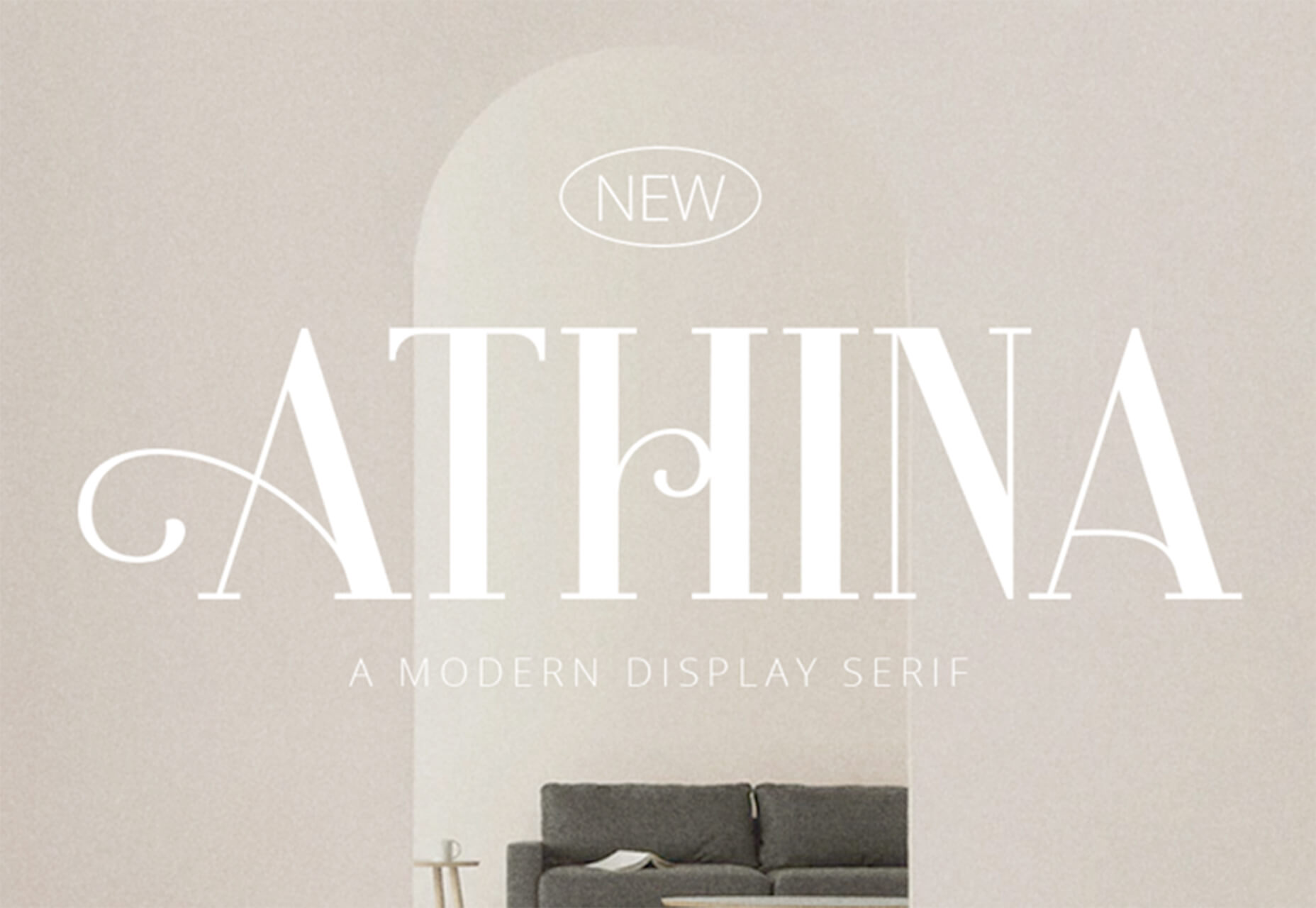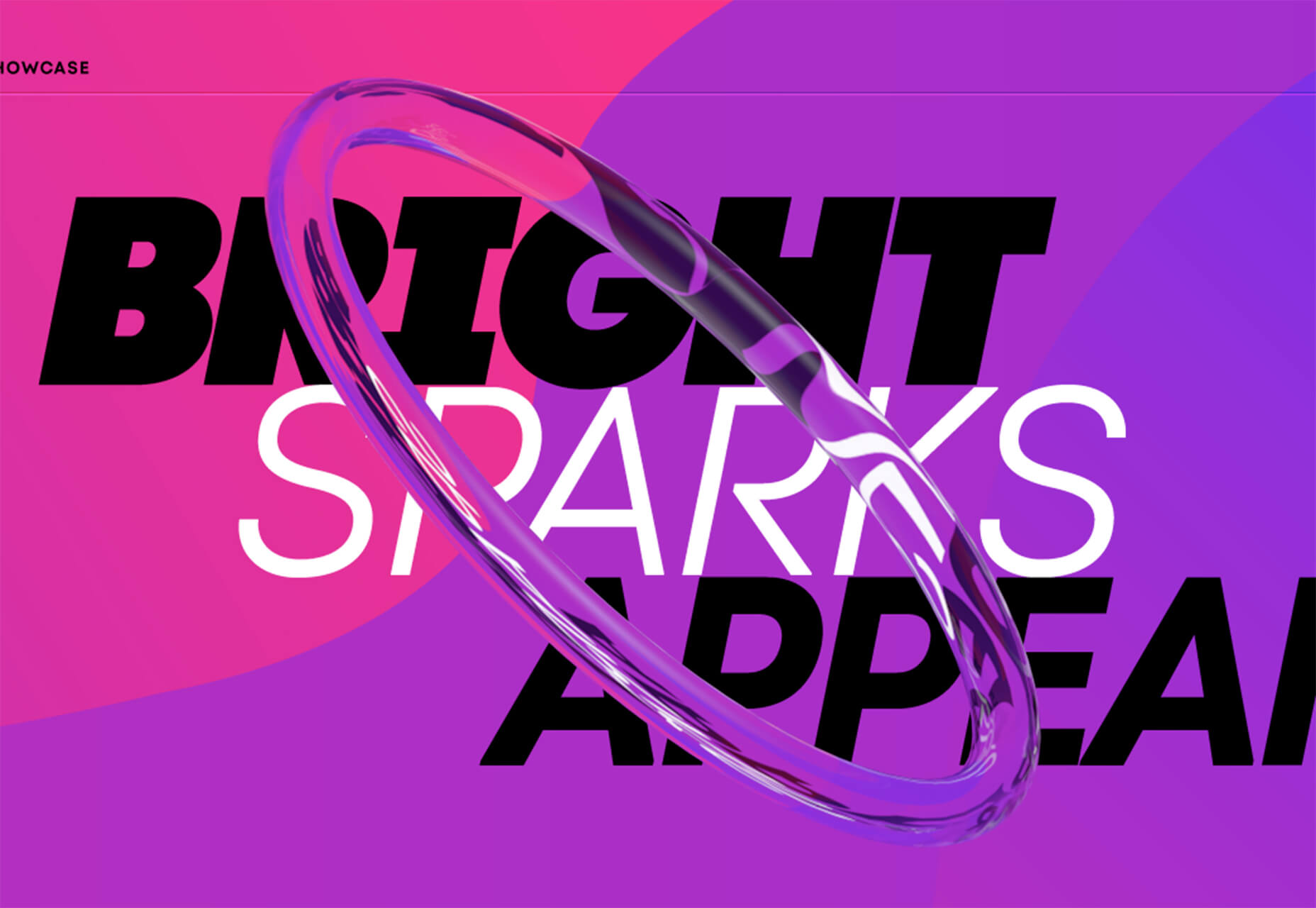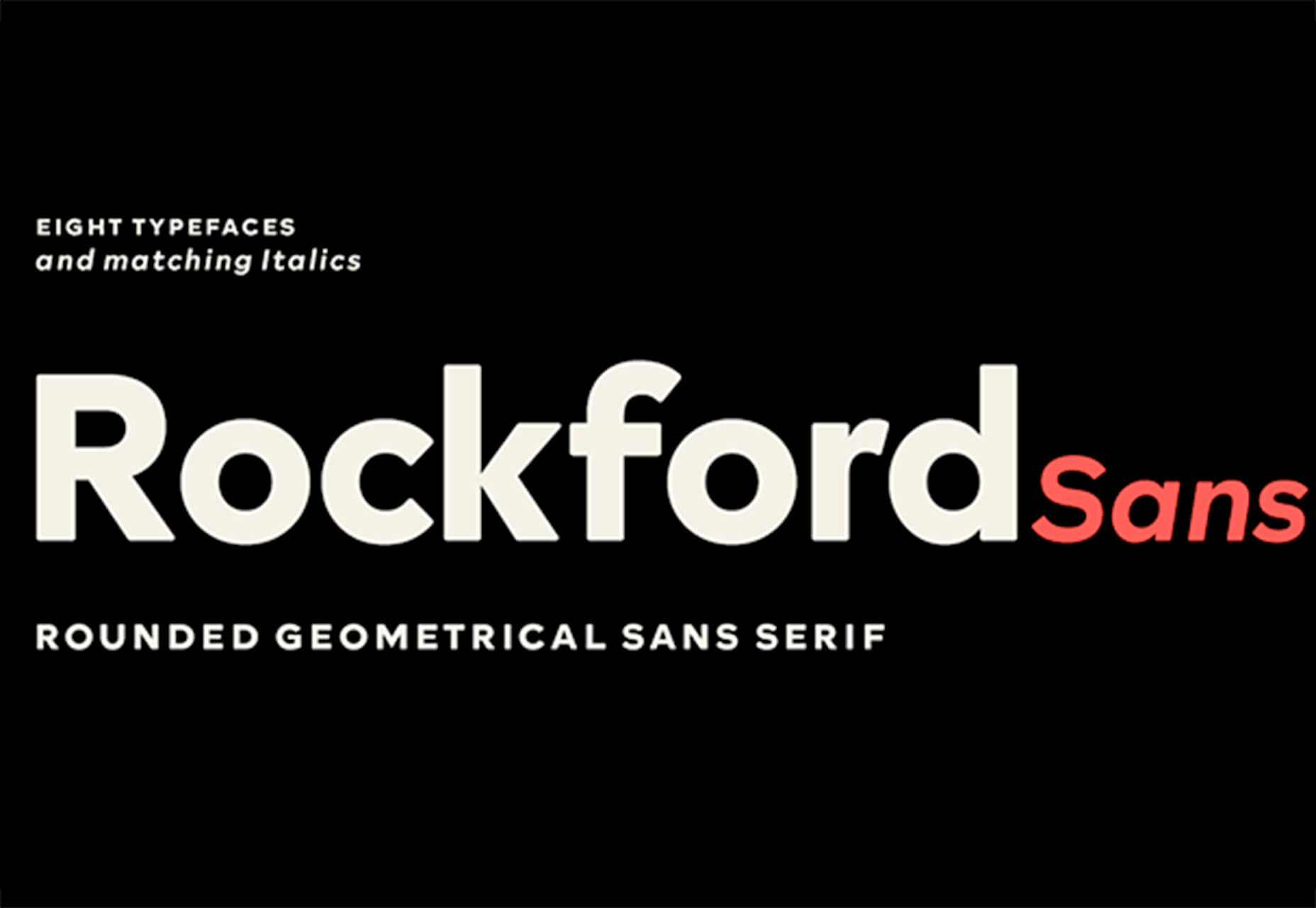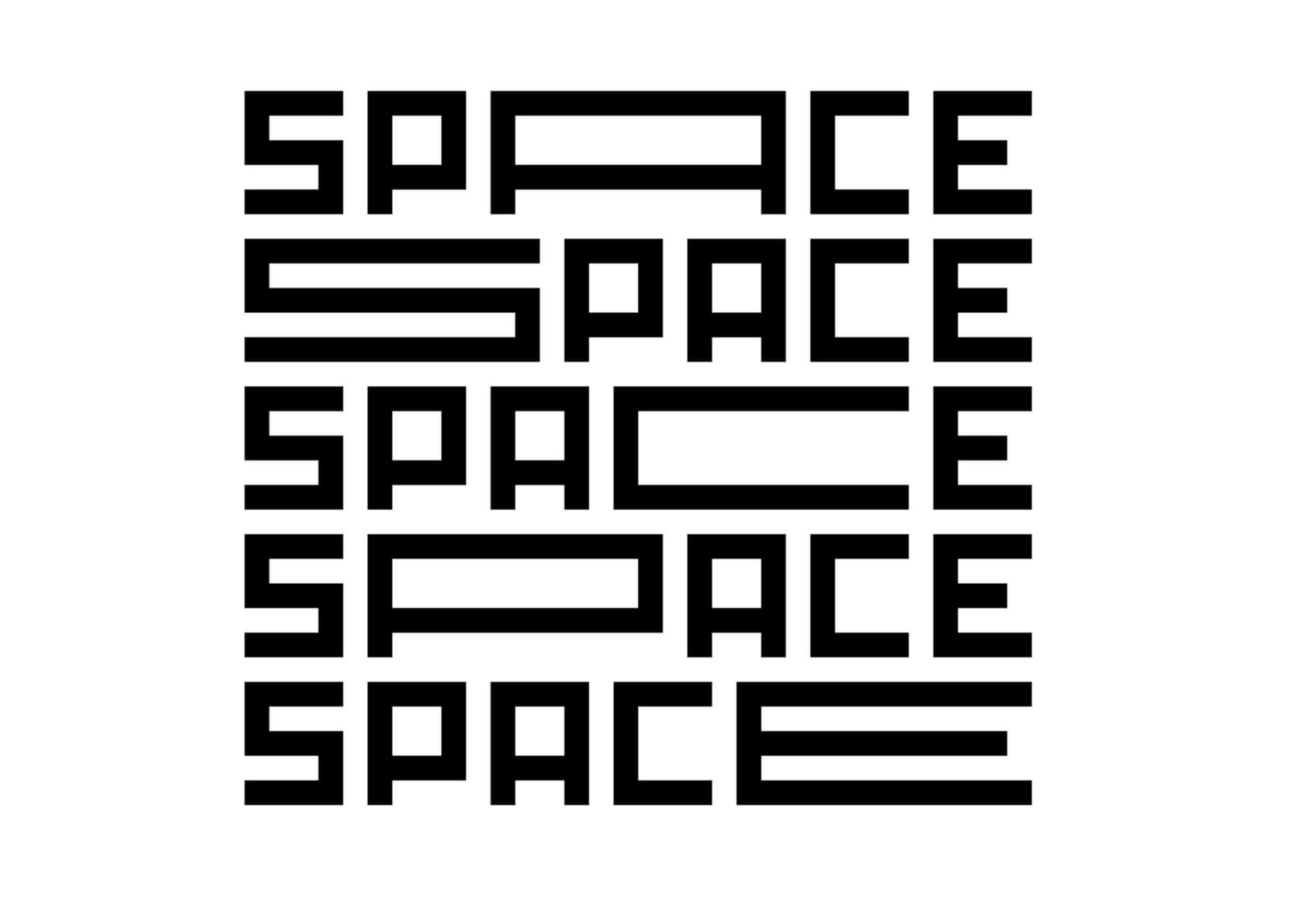Les nouvelles technologies peuvent changer la donne dans le milieu des logiciels d’entreprise. Pourtant, c’est à l’amélioration de l’expérience utilisateur que l’on attribue une véritable valeur. De la même façon, quand on parle de conversion au numérique, il ne s’agit pas de continuer à faire les mêmes choses avec de nouvelles technologies, mais de transformer les méthodes de gestion des entreprises. Les technologies innovantes fournissent de nouvelles fonctionnalités rimant avec nouvelles opportunités pour les entreprises et les particuliers.
SAP HANA est l’une de ces technologies qui changent la donne pour les logiciels d’entreprise. Bien plus qu’une simple base de données, il s’agit de la base sur laquelle repose SAP S/4HANA. Grâce à SAP HANA, les données sont utilisées autrement, c’est-à-dire d’une manière plus intelligente et prédictive.
SAP S/4HANA s’accompagne de cas d’apprentissage automatique intégrés (par exemple, automatisation intelligente pour la conformité fiscale, réapprovisionnement piloté par la demande, prévision des livraisons fournisseurs, affectation intelligente du personnel et des ressources, et prévision des performances de vente), grâce au socle d’Intelligence Artificielle (IA) qui sous-tend SAP HANA.
Tels sont les ingrédients qui forment une nouvelle expérience utilisateur caractérisé par le passage « de l’information à l’action », car les utilisateurs peuvent obtenir des informations pertinentes qui facilitent la prise de décision. Cette fonctionnalité est l’une des clés d’un progiciel de gestion intégré (ERP) moderne, optimisé par SAP HANA. Cette visibilité sur les informations permet d’obtenir une vue d’ensemble complète et en temps réel sur une entreprise, notamment sur les informations concernant les liquidités, les statistiques de commandes, les actifs et la satisfaction des clients. Même si les systèmes ERP hérités offraient également cette possibilité dans une certaine mesure, les informations étaient issues d’instantanés de données statiques et obsolètes, basés sur des agrégats précalculés dans les bases de données. Ces limites technologiques étaient source d’incertitudes et nous empêchaient de prendre des décisions parfaitement éclairées, notamment en raison de notre incapacité à réagir en temps réel à des événements imprévus.
Le modèle de données unifié dans SAP S/4HANA permet aux entreprises de s’appuyer sur une source d’informations unique, une autre fonctionnalité clé d’un ERP moderne. Le modèle de données unifié calcule des indicateurs de performance clés (KPI) à la volée, en s’appuyant sur des postes individuels réels au lieu d’agrégats sans horodatage, ce qui permet de refléter la réalité à l’instant t. Les clients peuvent voir leur stock en temps réel. Cependant, le modèle de données lui-même n’est que la base d’un nouveau niveau de visibilité. Afin que ces informations soient exploitées concrètement, des fonctionnalités d’analyse intégrées préviennent les utilisateurs des événements de gestion dès qu’ils se produisent. Par ailleurs, elles guident les utilisateurs pour les aider à éviter les problèmes et les exceptions.
Il en va de même pour la finance, où le journal universel rassemble des tables et des livres auxiliaires qui auparavant étaient séparés. Cette fonctionnalité permet une clôture en douceur et une consolidation à la demande qui donne aux dirigeants une vue complète sur toutes les données pertinentes, ce qui les aide à prendre des décisions avisées et rend l’entreprise plus agile. Elle enregistre également toutes les données financières au même endroit et permet ainsi un traitement parallèle cohérent entre tous les livres auxiliaires et les flux de valeurs. De plus, le journal universel s’intègre parfaitement à SAP HANA de par sa structure simple, sans agrégat ni hiérarchie. Grâce à la technologie in-memory, il est facile et rapide d’établir des rapports à partir des données du journal universel. Les ledgers représentent un volet essentiel dans le journal universel. En extrayant les données d’une table à une autre, ils permettent un reporting prompt et efficace des données financières en vertu des différentes normes comptables et attributs.
En ce qui concerne l’agilité, selon une étude réalisée par l’Economist Intelligence Unit Ltd. auprès de 800 directeurs et dirigeants financiers, la gestion des changements inattendus par rapport aux prévisions financières et l’adaptation des processus financiers à la rapide évolution des modèles d’affaires font partie des principaux défis que les dirigeants financiers doivent relever dans l’exécution de leurs activités quotidiennes. En outre, 90 % des dirigeants financiers pensent que le service financier doit simplifier la planification d’entreprise collaborative pour veiller à ce que les plans opérationnels soient alignés sur les plans financiers et stratégiques.
La possibilité d’exécuter la planification, l’analyse du compte de résultat et le reporting du groupe en se basant sur le même ensemble de données bouleversera la finance à jamais. Cela étant, nous nous dirigeons vers une vision plus tournée vers l’avenir. Pour parvenir à cette fin, il convient de combiner intelligemment les données en temps réel (de même que les données de planification, de prévision et de simulation), afin de détecter les risques et les opportunités pour y réagir sans tarder. Cela rend les processus encore plus efficaces et intelligents, tout en offrant de nouvelles opportunités pour la finance à l’avenir. Lors de périodes de pandémie comme celle que nous connaissons aujourd’hui, cela a donné à nombre de nos clients la force de traverser la tourmente et l’agilité nécessaire pour évoluer dans des environnements en constante évolution.
Mais la visibilité seule ne suffit pas pour combler le fossé entre les systèmes analytiques et transactionnels, fossé qui s’observe chez les systèmes ECC hérités. L’automatisation, l’aide à la décision et l’IA ne peuvent pas être pleinement exploités en raison de cette fracture technologique. C’est là que la partie « action » entre en jeu : les utilisateurs professionnels reçoivent alors les conseils dont ils ont besoin pour prendre des décisions et réaliser des opérations dans les workflows et les processus intelligents hautement automatisés.
Il existe de nombreux exemples d’utilisations innovantes de SAP S/4HANA sur SAP HANA dans divers domaines : MRP (planification des besoins en composants) Live, MRP piloté par la demande, gestion des stocks, finance, disponibilité à la vente, traitement des reliquats et nouvelle configuration des produits à variantes.
Prenons, à titre d’illustration, MRP Live, l’Application MRP et les fonctions prédictives de MRP. Avec MRP Live, les clients peuvent planifier et évaluer de très gros volumes de données en temps réel. Par rapport aux anciens cycles MRP et évaluations, MRP Live et l’Application MRP peuvent être exécutés plus fréquemment ; aussi, le gestionnaire peut améliorer de manière significative les KPI tels que les niveaux de stock et les accords sur le niveau de service proposés aux clients. En outre, avec les fonctions prédictives de MRP, il est possible d’exécuter des simulations de l’usine. Cette approche MRP nouvelle génération dans SAP S/4HANA convertit automatiquement les exceptions en propositions de solution.
Nos clients qui utilisent MRP Live sont des entreprises de toutes tailles, qui opèrent dans toutes les régions et tous les secteurs (notamment, machines et composants industriels ou encore biens de consommation). Thermo Cables, une entreprise de taille moyenne basée en Inde, utilise SAP S/4HANA et ce faisant, elle a fait croître son chiffre d’affaires grâce à une visibilité accrue, couplée à des processus de gestion clés (cycles MRP exécutés sur des données en temps réel, par exemple) et un accès instantané aux rapports couvrant toutes les fonctions de l’entreprise. Nous pouvons également citer ANTA, un fabricant de vêtements de sport, qui a pu améliorer le mécanisme de calcul MRP et réduire de 80 % le temps nécessaire pour modifier les nomenclatures grâce à la modification des données par lots. Avec SAP S/4HANA, ANTA a également réussi à rehausser l’efficacité en matière de consommation des stocks de 90 % grâce aux mises à jour automatiques reçues pour un grand nombre de commandes.
Le MRP piloté par la demande, une composante de SAP S/4HANA, vérifie régulièrement la situation de la demande et du réapprovisionnement, puis propose des niveaux optimaux de marge et de stock dont la mise en œuvre est à portée de clic. La demande et le réapprovisionnement peuvent désormais être ajustés plus souvent et plus régulièrement, ce qui se traduit par un pilotage plus efficace des processus adjacents. Auparavant, les entreprises menaient une fois par an un projet d’optimisation des stocks dans une feuille Excel. À présent, cette tâche est remplacée par un processus de routine automatisé qui assure la meilleure capacité de livraison, tout en optimisant les actifs et les liquidités de l’entreprise en question.
La pandémie de COVID-19 nous a montré à quel point les chaînes logistiques mondiales sont fragiles et peuvent être perturbées rapidement. Mais les logiciels d’entreprise ont aidé les organisations à rester agiles pour réduire les incertitudes et l’impact financier sur leurs activités.
Comme je l’ai décrit au début, quand on parle de conversion au numérique, il ne s’agit pas d’exécuter les mêmes activités en exploitant les nouvelles technologies, mais de transformer les méthodes de gestion des entreprises. C’est ce à quoi les entreprises doivent se préparer si elles veulent surmonter les défis d’aujourd’hui.
Thomas Saueressig est membre du Conseil de direction Ingénierie de produits de SAP SE
Cet article est initialement paru sur LinkedIn.
The post Fonctionnalités clés d’un ERP moderne : quelques exemples remarquables appeared first on SAP France News.
Source de l’article sur sap.com
 On June 29th, GitHub announced Copilot, an AI-powered auto-complete for programmers, prompting a debate about the ethics of borrowed code.
On June 29th, GitHub announced Copilot, an AI-powered auto-complete for programmers, prompting a debate about the ethics of borrowed code.

 This month, you will either love or hate the featured design trends.
This month, you will either love or hate the featured design trends.


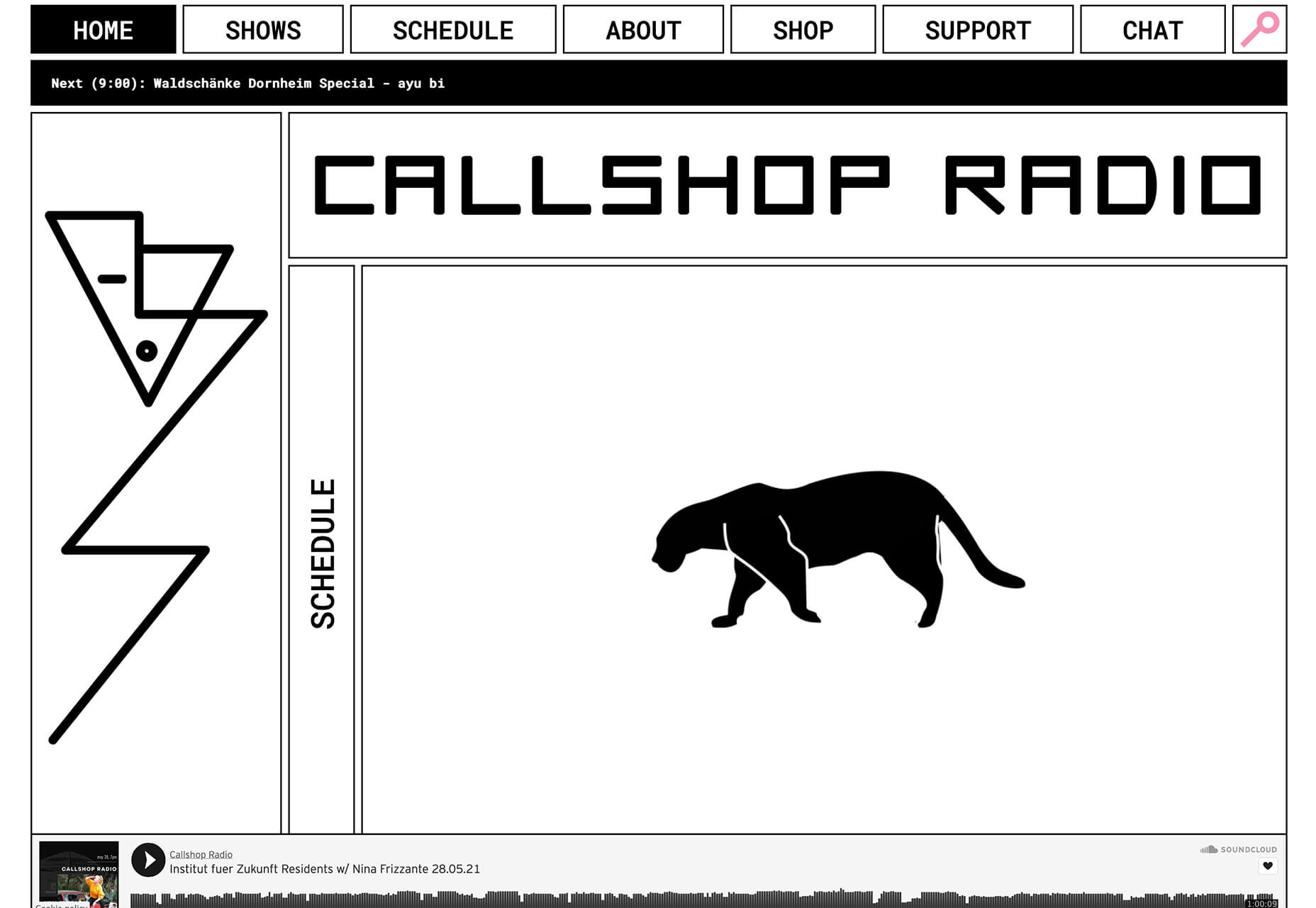
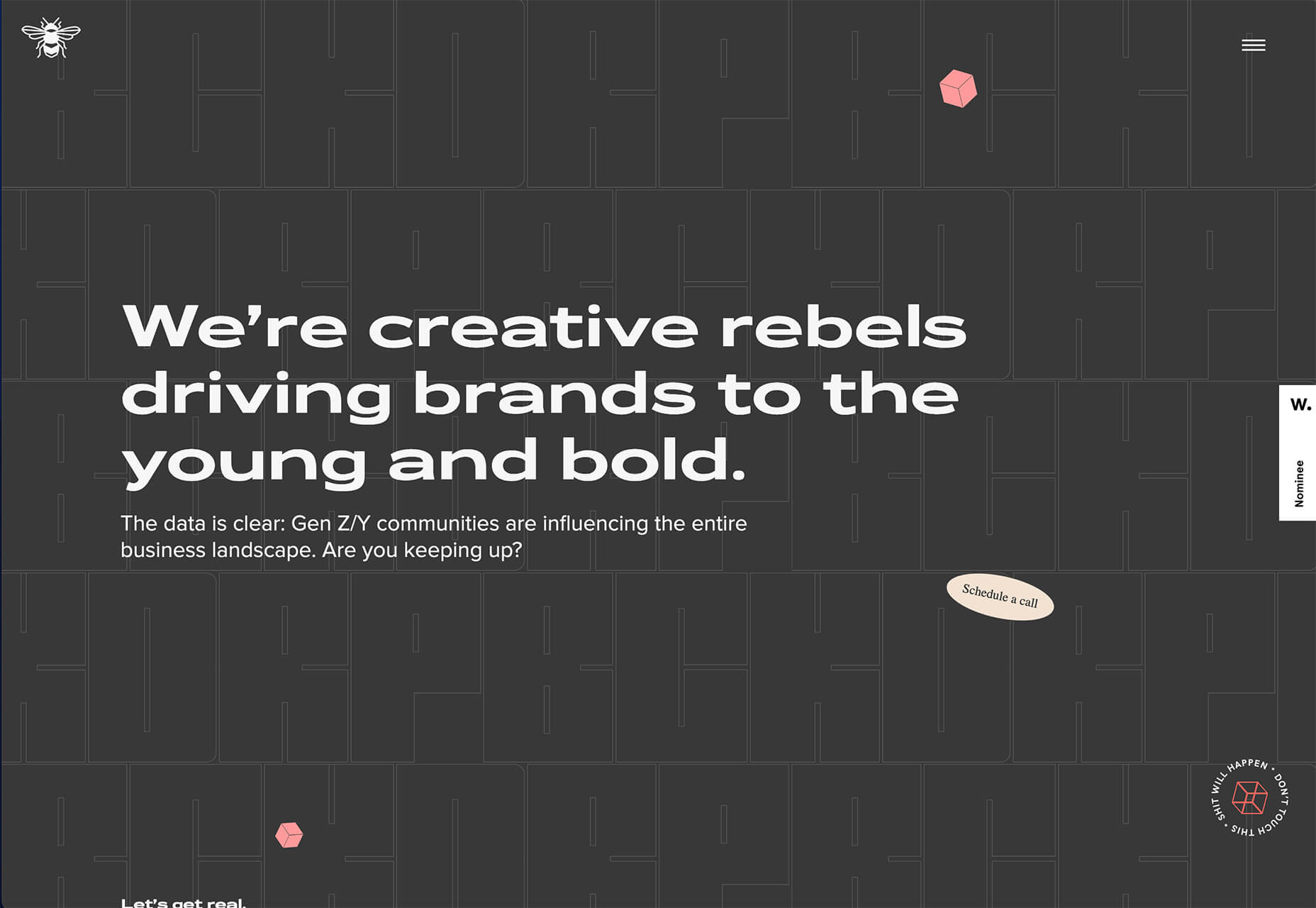





 If you are feeling like me right now, you have mixed emotions about the world in general. And this is translating into a pretty distinct design trend that’s happening almost across the board: Websites aren’t using many images of people right now.
If you are feeling like me right now, you have mixed emotions about the world in general. And this is translating into a pretty distinct design trend that’s happening almost across the board: Websites aren’t using many images of people right now.

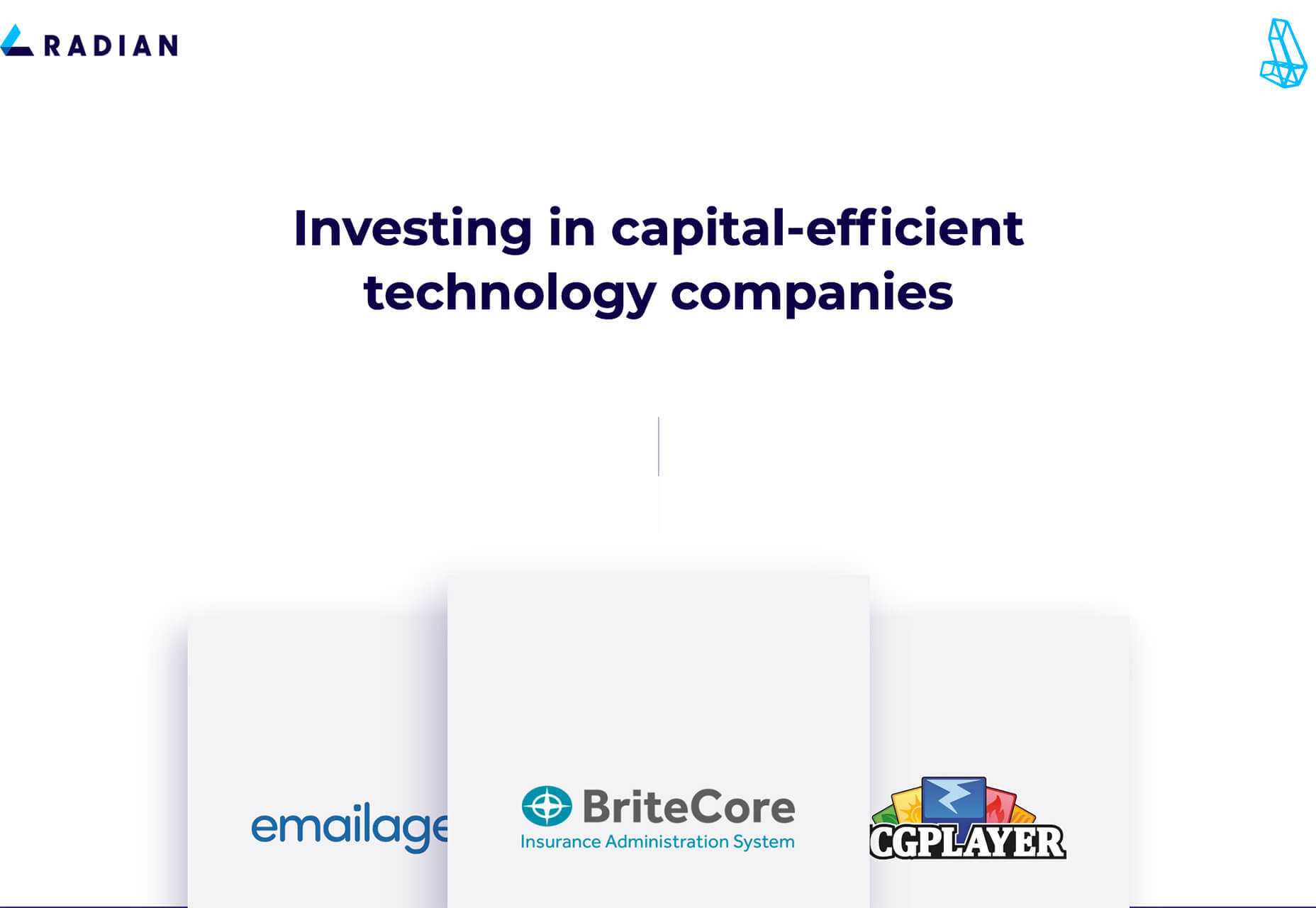
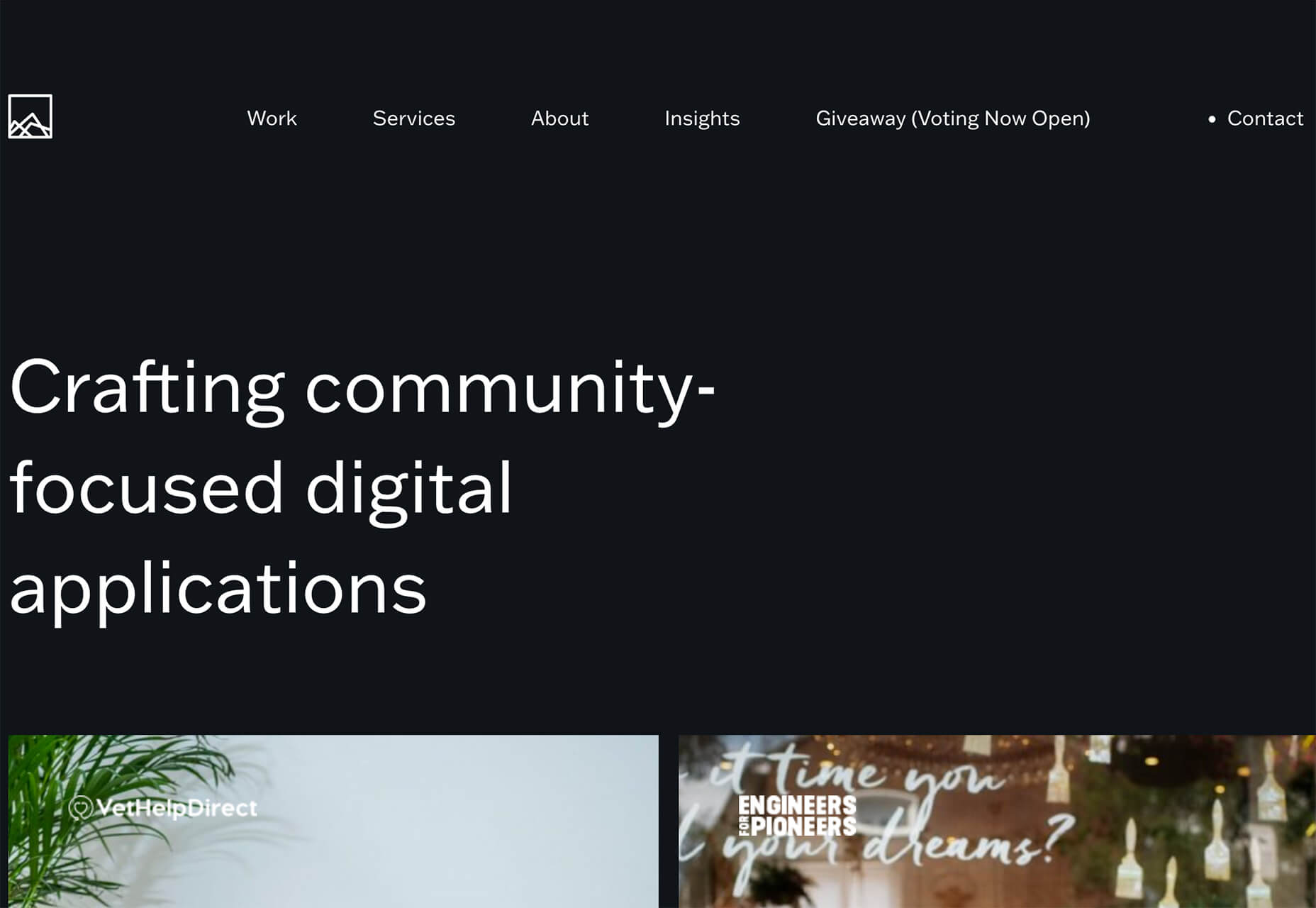
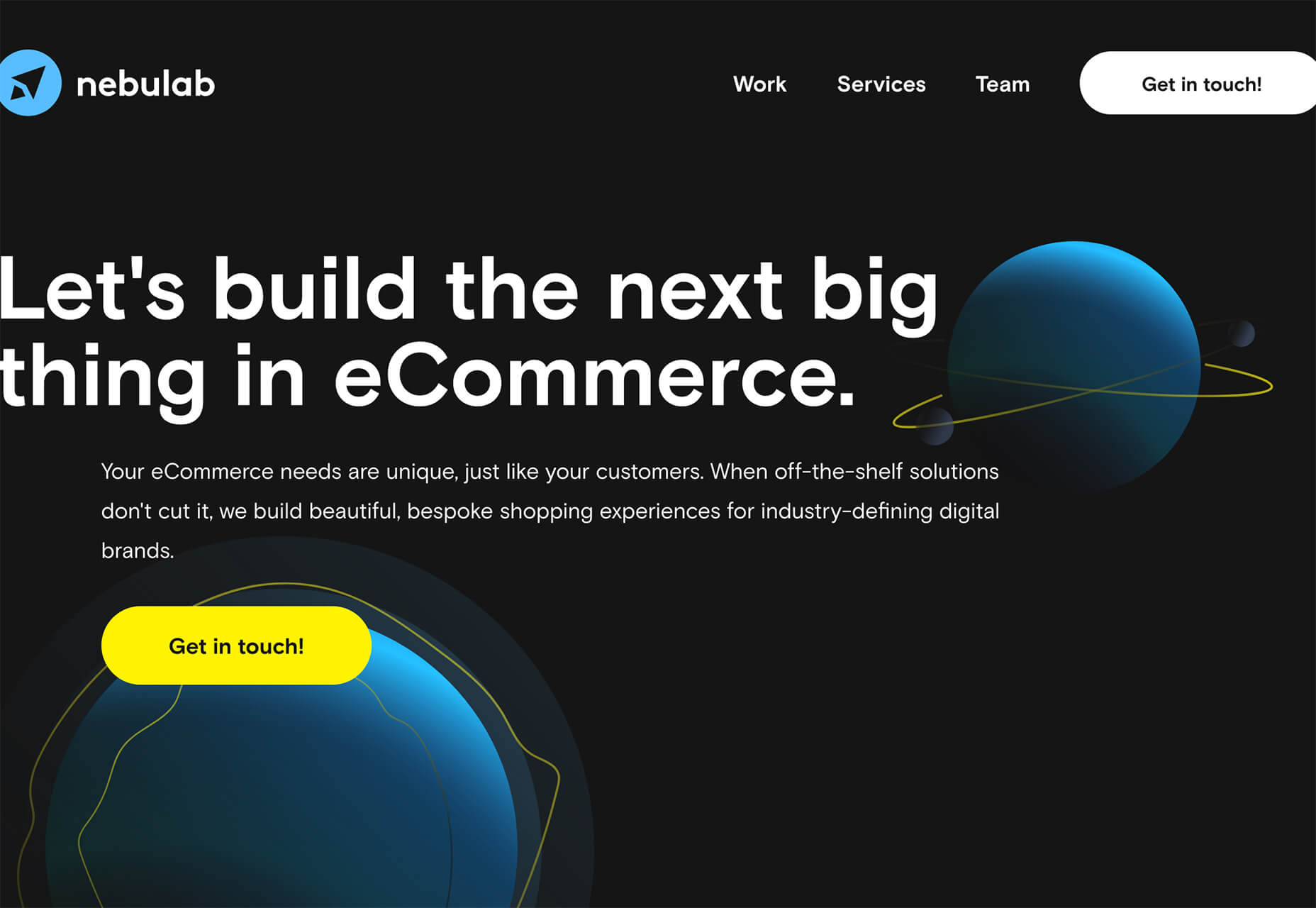

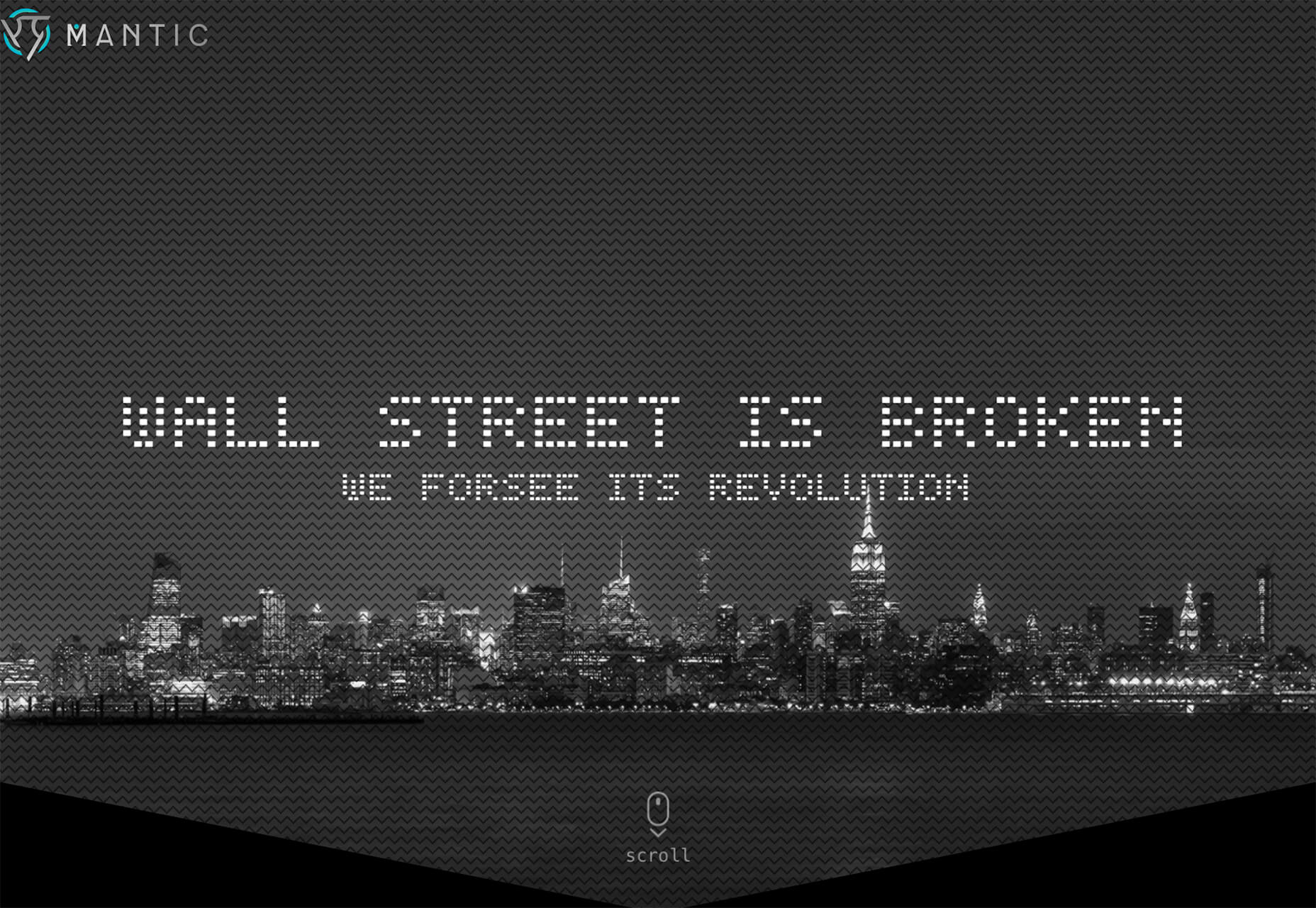
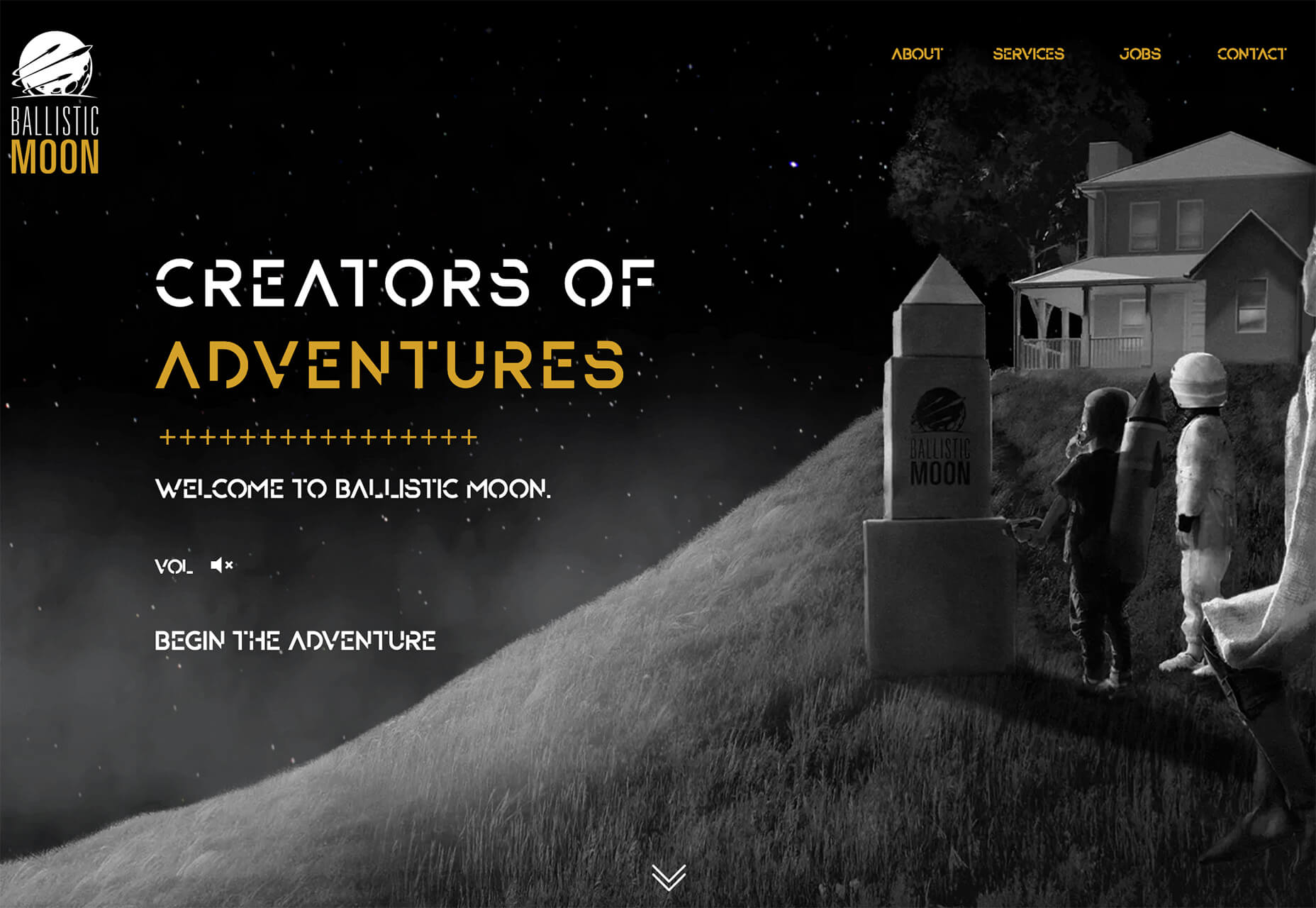
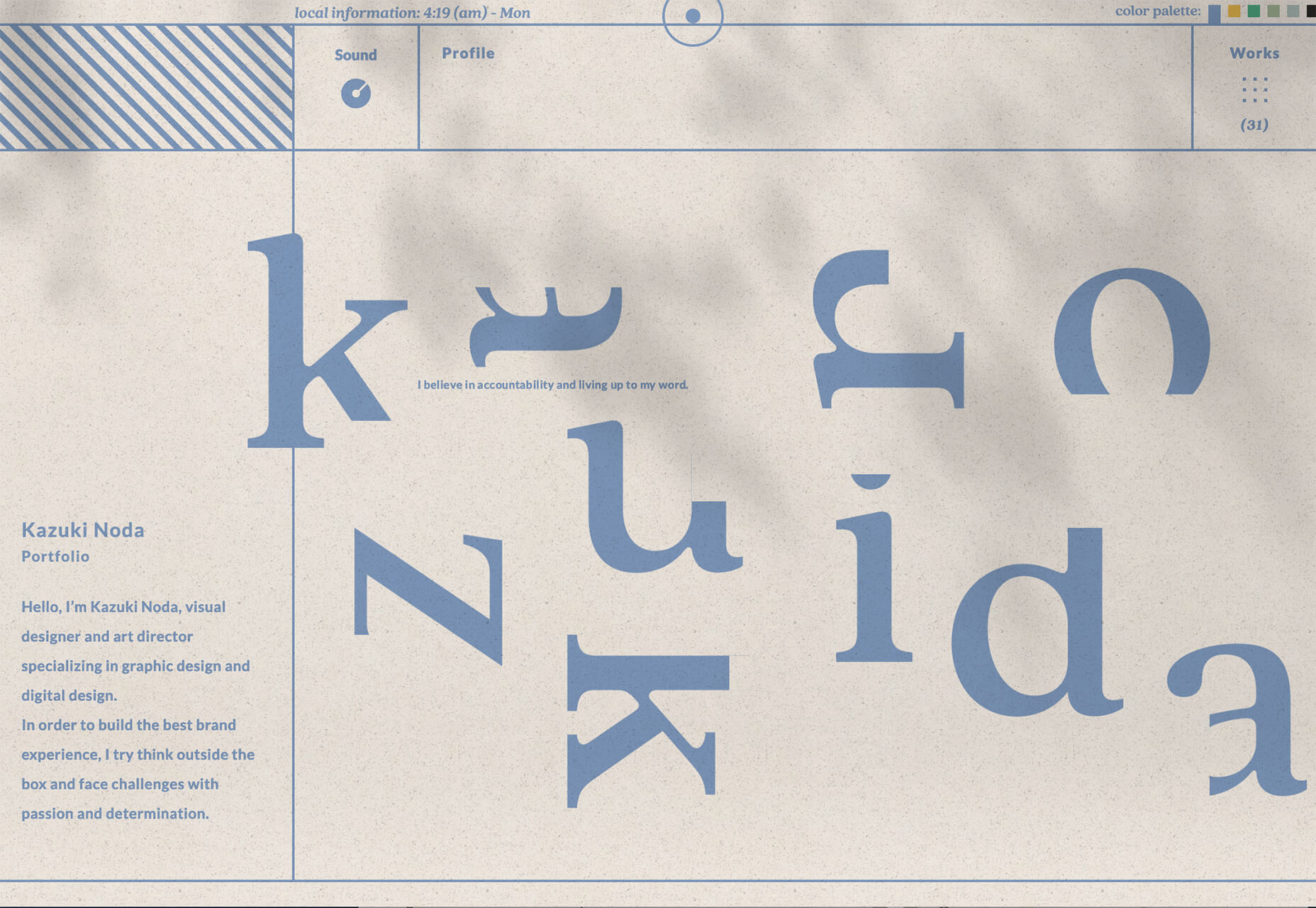


 Are you thinking of building a website with a site builder but find yourself confused by the dizzying array of options? Well, puzzle no more because we’ve put together this great infographic to cut to the heart of the question: Which is better for you,
Are you thinking of building a website with a site builder but find yourself confused by the dizzying array of options? Well, puzzle no more because we’ve put together this great infographic to cut to the heart of the question: Which is better for you, 

 Every day design fans submit incredible industry stories to our sister-site,
Every day design fans submit incredible industry stories to our sister-site, 










 Every day design fans submit incredible industry stories to our sister-site,
Every day design fans submit incredible industry stories to our sister-site, 












 Rather than spring cleaning, do some spring “shopping” for tools that will make your design life easier. Packed with free options this month, this list is crammed full of tools and elements that you can use in your work every day.
Rather than spring cleaning, do some spring “shopping” for tools that will make your design life easier. Packed with free options this month, this list is crammed full of tools and elements that you can use in your work every day.
